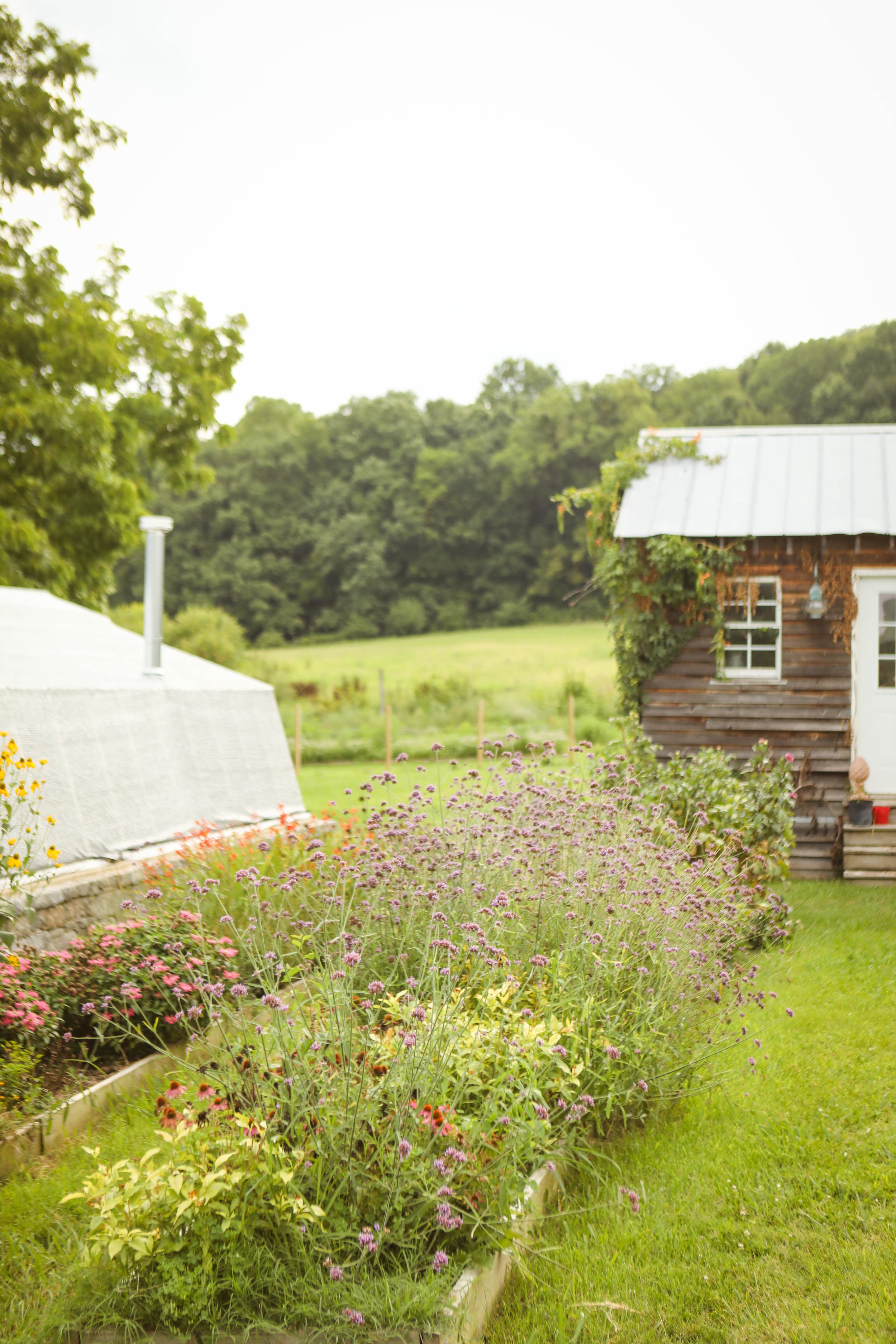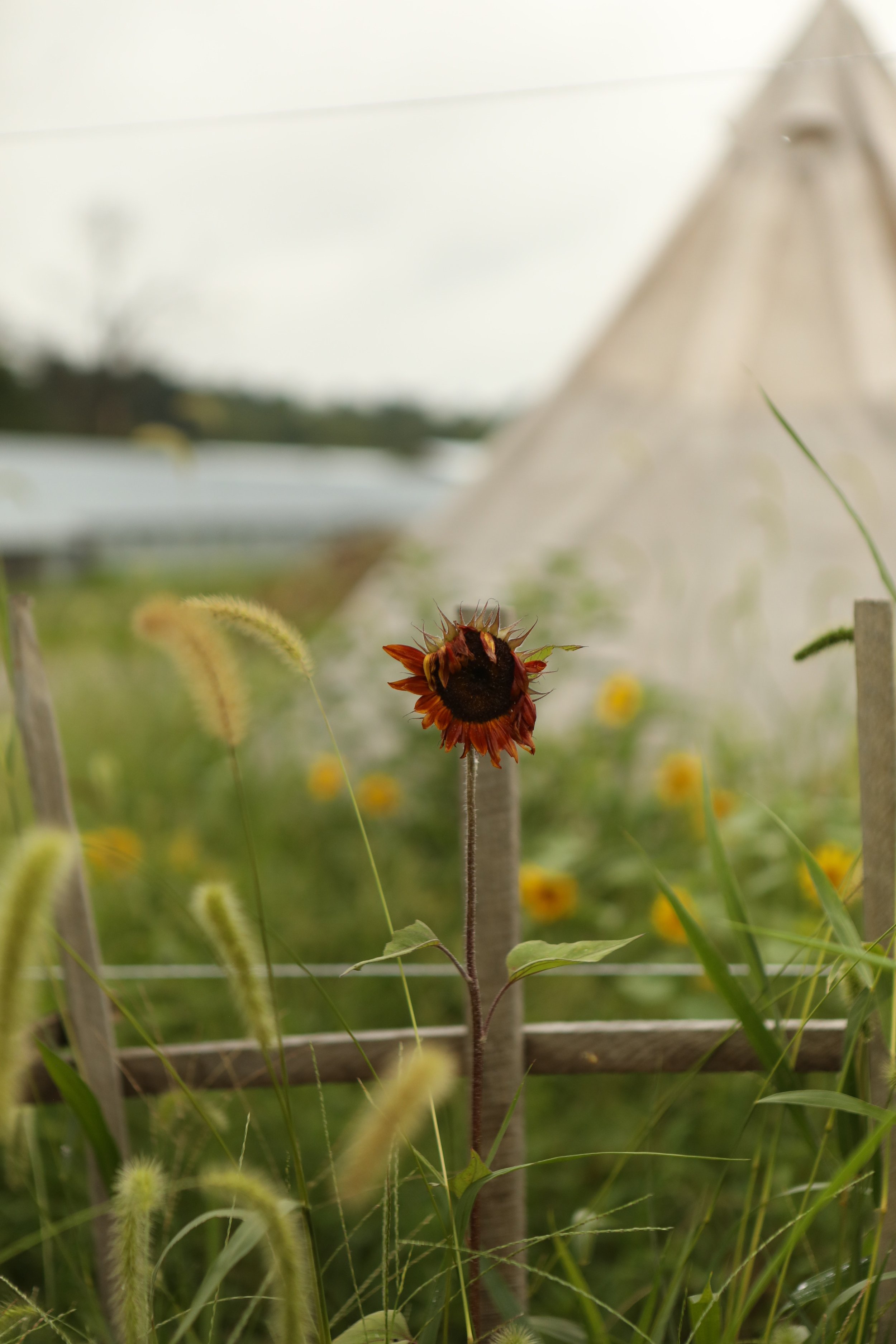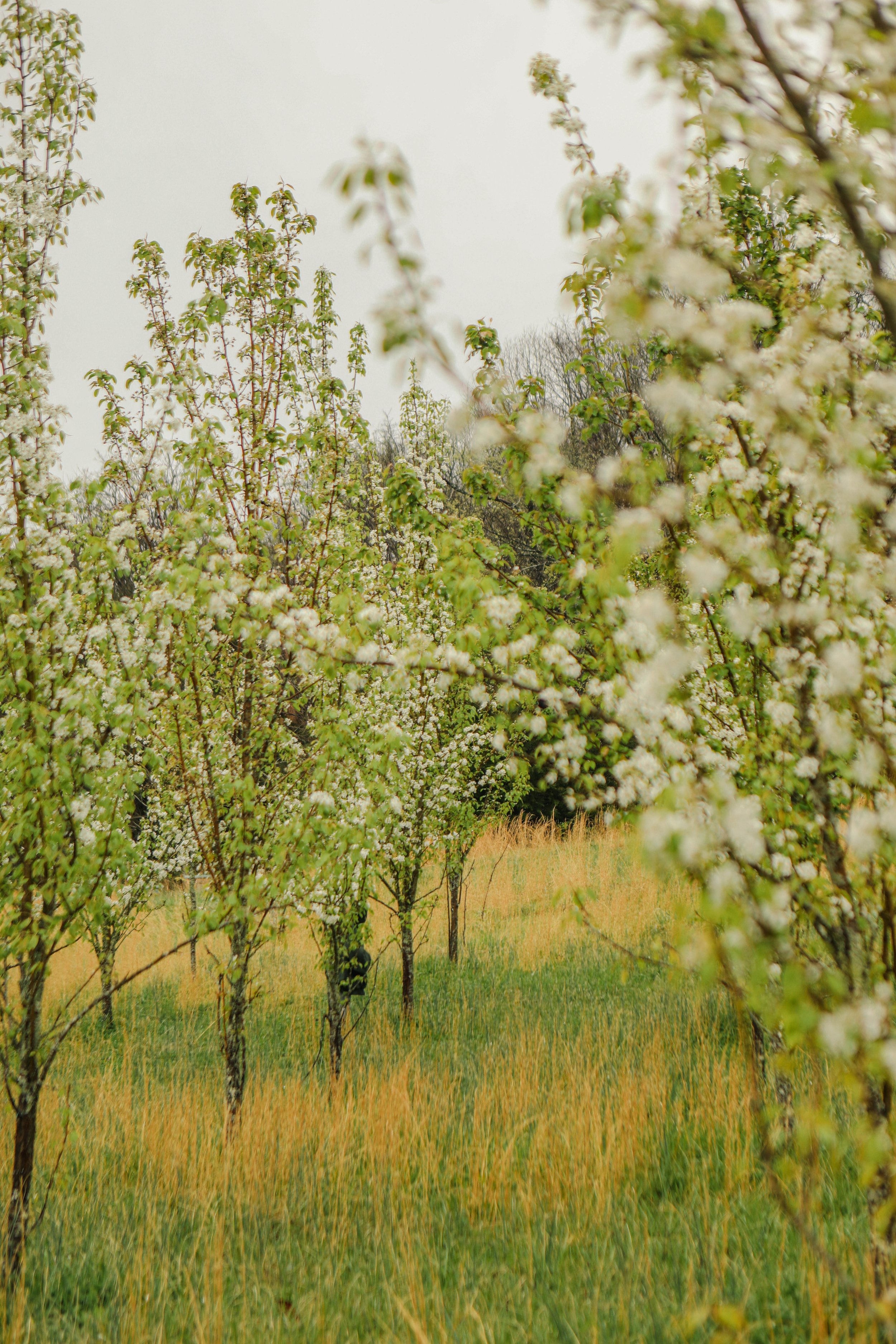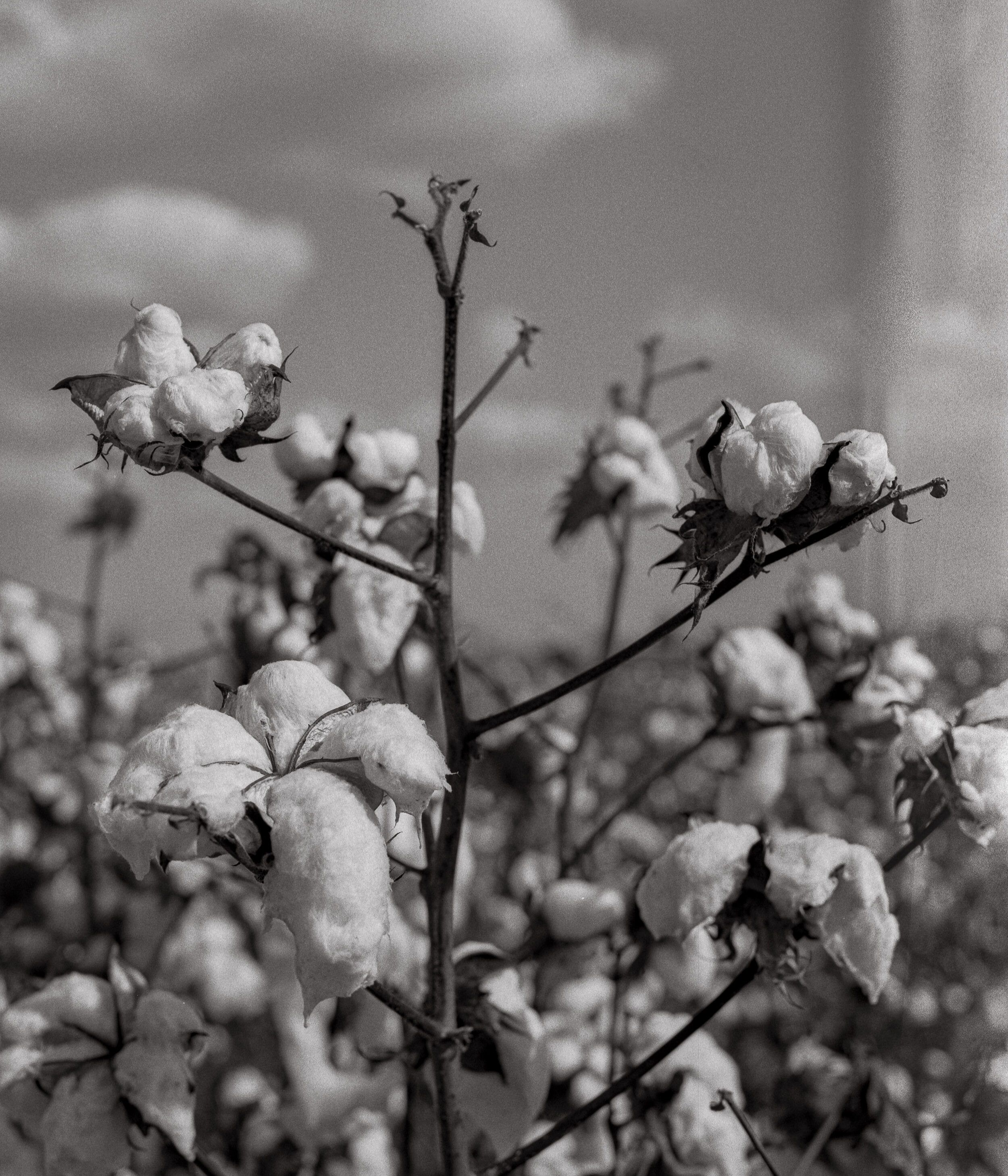Bloom Where You Were Planted — Bloomsbury Farm
Ben Ashby
Nestled in the rolling and hollers hills of middle Tennessee, about 30 minutes outside of Nashville you find Bloomsbury Farm. Lauren Palmer runs this three generation farm alongside her parent’s and daughter. The farm has become an idyllic escape from the near constant construction and growth of near-by Nashville, a city that has allowed Lauren’s vision for this farm, it’s CSA, and farmers market presence to flourish in recent years.
Lauren graduated from college with a social work degree and worked in hospitals, but never felt entirely fulfilled during those years. She decided to intern on a farm that embraced organic farming, and says it was the hardest work she’d ever done, yet was absolutely the most satisfying. As a child her parent’s had moved their family to was is now part of the farmland she oversees. Her dad, who came from the area and was raised on a dairy farm nearby, and her mother encouraged her desire to farm the land and soon became her first, and cheapest worker. Over a decade later Lauren still says that as soon as she hit the dirt she knew she’d found her calling.
Today the farm has grown and is a year round operation. Much of what you see on the farm today began at least two season’s prior as Lauren plans well ahead to ensure her spring Community Supported Agriculture (CSA) kicks off each year without a hitch. The spring is a welcomed season for the farmers here at Bloomsbury Farmer, warmer temperatures and longer days mean the thirty two weeks of the growing season are soon ahead.
Winter, like for most farmers, is a time of rest, but this rest is also required of the land. “Our daily paces slow a bit, allowing us to take stock of the growing seasons that year and calibrate for the seasons ahead. As a team and operation, we’re constantly looking for ways to grow, and in spring we start to see that work take root.”
Spring allows us to reconnect with their community in a bigger way. While they’re at the farmers market year-round, the spring brings the CSA community out and back onto the farm. Lauren says “It’s like welcoming family home after time apart, which feels appropriate during the time of rebirth and growth that springtime brings.”
For Lauren the springtime season is one that is filled with sensory threads: the sweet taste of the first ripe strawberries eaten out in the field, the chirping of baby chicks, and seeing the marks of the season beginning to peek out, such as the daffodils and the small buds that decorate the branches of the pear trees.
The farm is a GAP and organic-certified farm growing over a hundred varieties of vegetables, fruits, herbs, sprouts and wheatgrass. A flock of chickens and gaggle of geese provide fresh eggs, and in recent years they’re started growing hemp organically. Through their on-farm market days, local farmers markets, robust CSA programs (spring, summer, and fall/winter, with about 400-450 shares alone this coming summer), as well as wholesale channels and local restaurants, they put their goods into hundreds of local hands each year.
Over the years Bloomsbury has added summer camps (with a guarantee to send your kids home dirty or your money back) and a nature-based school. This last component -- education -- when combined with farming, feels full-circle for Lauren. The farm, while yes, it is a business, is more importantly a place to nourish, educate, and connect.
Lauren says “I’ll never forget my first farmers market in East Nashville. Incredibly nervous, I wouldn’t have done it if not for the support of a friend who said to show up with the produce and he’d have a table and tent ready. With a handmade poster board sign (which I still have) saying “Grown with Love,” I jumped in and fell in love.” Lauren continues “Each year (and sometimes day) we have bumps in the road, but all of our movements have been forward in the evolution of our farm. When life gives you an excess of tomatoes, you turn it into Bloody Mary mix.”
The most important thing she’s learned in growing the farm is to listen. Listen to your community and customers…to the people who’ve been with you the longest. Listen to what they want and need, then deliver.” From the first farmers market, Lauren fell in love with the connection you get to those you feed. "As farmers, we need to be face-to-face with our customers to listen and learn what they need. Our family motto has always been “bloom where you were planted.” Bloomsbury is more than a place to grow, it’s a place to gather, and I believe that good community, like good food, doesn’t just happen; it is something that’s planted, nurtured, and shared.”


























































































